Beetles are insects that form an order called Coleoptera. There are approximately 400,000 species of beetles in the world. Some of them are harmless, but others are harmful for crops. The black beetle, for example, is generally considered as a perimeter pest.
Black beetles (Heteronychus arator) are originally from Africa. However, they have spread to other countries. You can find the beetles in Australia and New Zealand. When these beetles are left to populate and nest freely, they can become invasive.
The Description of Black Beetle
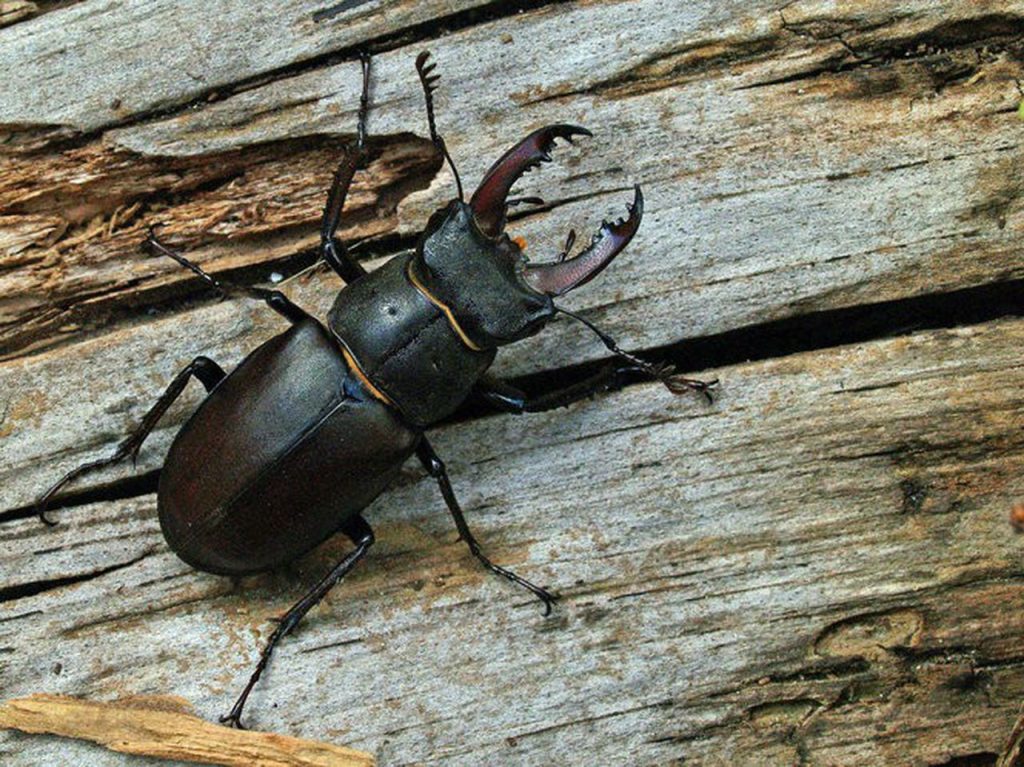
The African black beetle is also known as black lawn beetle. This beetle species has a strong similarity to a lesser pasture cockchafer. Both of them have similar shape and color, but different in size.
The size of adult African black beetles is between 12 mm to 15 mm long. Meanwhile, the size of adult lesser pasture cockchafers is around 3 mm long.
The adult of a large black beetle has a cylindrical body. This beetle has a shiny black upper head and forewings. Meanwhile, its underside is light brown. It has 3 pairs of legs that are lightly covered in spine. The size of the hind legs is larger than the other 2 pairs of legs because they are used for digging.
Adult black beetles have two pairs of wings. The forewings (elytra) are hard and functioned as protection for the delicate membranous wings. When black beetles are at rest, they fold the forewings over the flattened delicate wings.
The head of these beetles angles downward. There are chewing mouthparts at the front of the head. The size of the larvae is bigger than the size of adult black lawn beetles. They are around 10 mm wide and 35 mm long.
The larvae have a brown head and creamy-white body. In addition, the hind body part has dark color. Their body is heavily segmented and forms a C shape.
Black Beetle’s Lifecycle

Female black beetles laid their eggs in the soil in the spring. After 2 to 5 weeks, the larvae hatch and then pass through 3 growth stages. After that, they decelop into pupae and the adult beetles emerge in late December and February. This whole process takes between 3 and 4 months.
Adult black lawn beetles generally have a 10-month lifespan. They will mate in the spring and the lifecycle of the black beetles will start again.
Black Beetle’s Habitat and Behavior
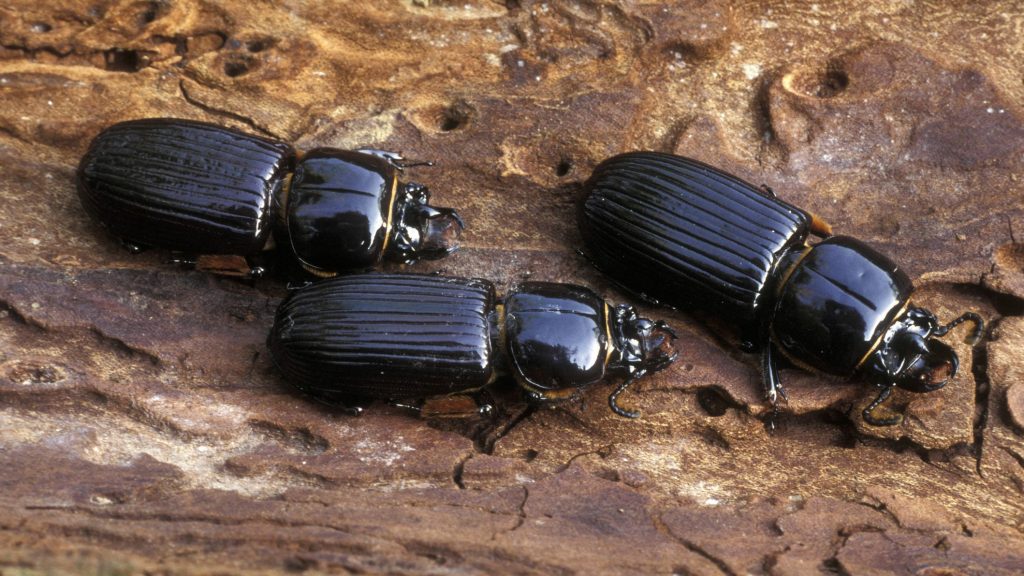
The larvae of black beetles are soil dwellers. They eat organic matter found just above the surface of the soil when they are at the first instar stage. But, when they are at the second and third instar stages, they eat grass roots or other below-ground parts of plants.
Adult black beetles can be found under or on the soil surface. They mostly eat grass and plant shoots located just below or above the ground. These slow walkers generally spend most of their time crawling on the ground during the breeding season. In the summer and the fall, they will actively fly at night.
Damaged Caused by Black Beetle
Black beetles, both adults and larvae, generally cause damage to some cereal crops, for example wheat, barley, and triticale. They are also associated with damage on turf, certain horticultural crops, and long-term pastures and grasses. This is almost the same damage caused by potato bug.
When a black beetle bug damages plants and grass, they will show some damaged signs. The damaged signs on plants are different from those on grass and turf.
Damaged Signs on Plants
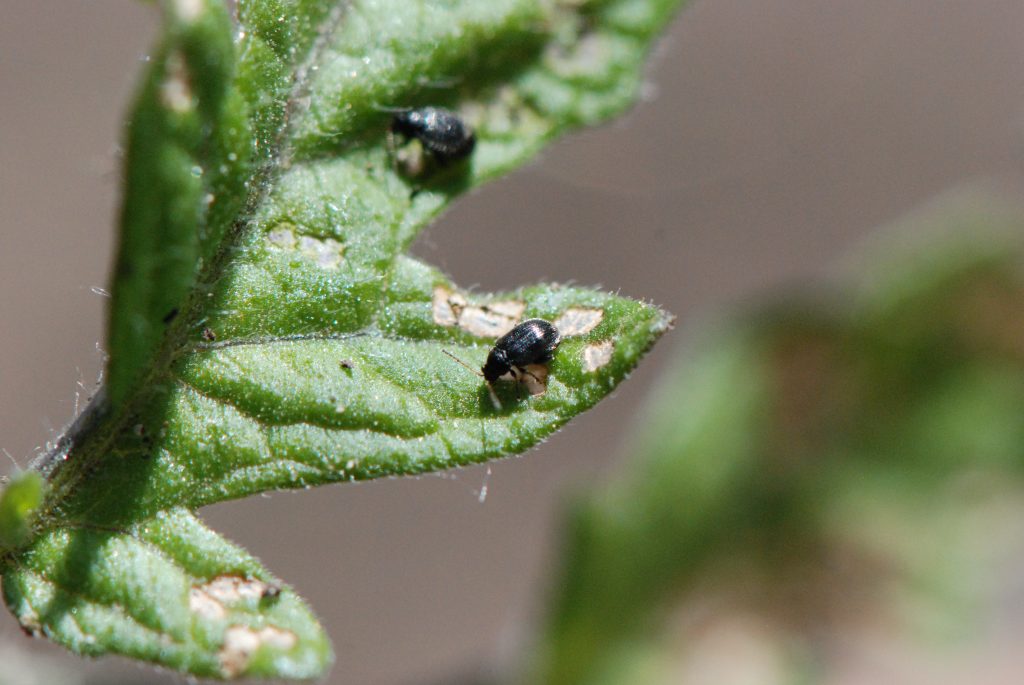
- Stunted growth.
- Wilting young stems and foliage (not caused by lack of watering).
- Ring-barking of base stems.
- Young plants or seedlings have chewed and poorly developed roots so that they are easily lifted from the ground.
- Holes in potatoes and other tubers.
- Dead plants
Damaged Signs on Grass and Turf
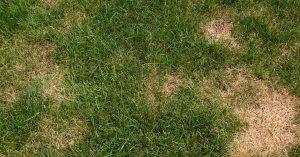
- Yellowing leaves.
- Wilted leaves (not caused by lack of watering).
- Straw-like leaves.
- Severed shoots with shredded edge appearance.
- Turf is easily lifted from the soil because the roots damaged by black beetles.
- Dying patches.
Black Beetle Pest Control
If you see any signs of damage above, you need to do several things to control the black beetles and prevent them from damaging your plants and lawns in the future.
Monitoring

Checking the field, crops, grass, and turf regularly is an important step of black beetle management. You can do several things to monitor them.
- Before you sow grass/crops seeds, lay new turf, or plant seedlings, you need to dig the soil at least 20 cm deep in order to find a sign for black lawn beetles or their larvae, eggs, or pupae.
- Check for damage signs regularly.
Treating the Pest
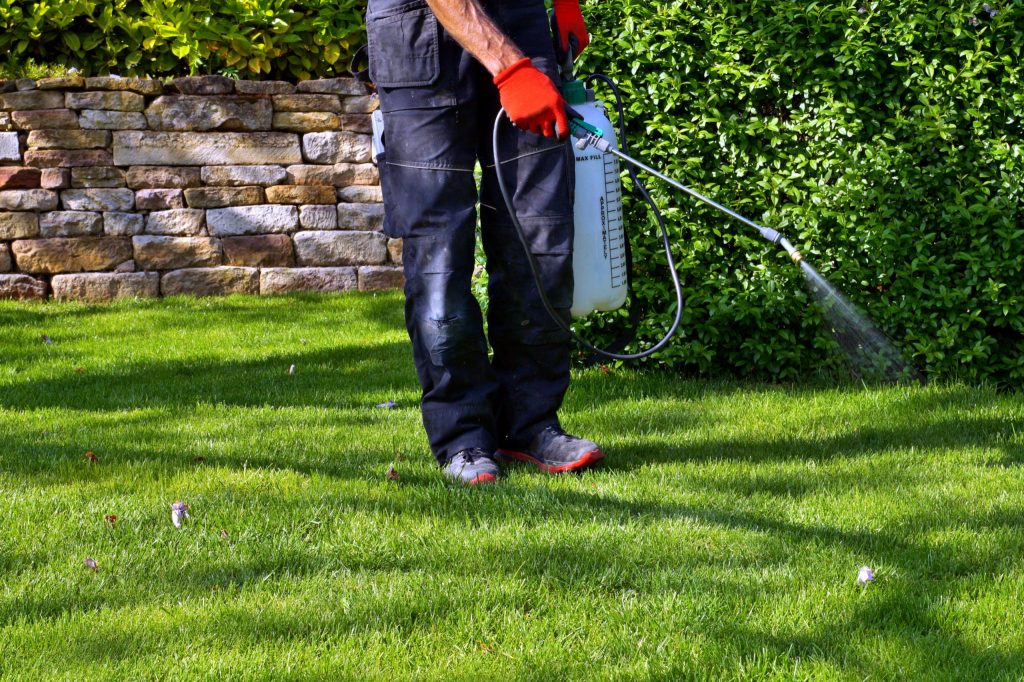
If you find some damage signs, adult black beetles, or their larvae, you need to do something to treat this pest. Some experts recommend two steps of controlling black beetles.
Applying Pest Control Granules
Certain pest control granules can control black beetles effectively. Apply the granules on the lawns, garden, or turfed areas. If you want to apply the granules around your crops, you can mix them with the mulch around the crops.
In applying the granules, you need to follow the directions of the package. To control black beetles, it is essential to apply the granules once a month. The treated soil will prevent the beetles to come and forage your garden and lawns.
Applying Black Beetle Spray
To damage the nest of black beetles, you must apply black beetle spray on the nest. This spray will help you get rid of the beetles and their larvae from your lawn and garden. You need to apply it once a month until there is no signs of this pest in these areas.
Preventing Black Beetle Attack in the Future
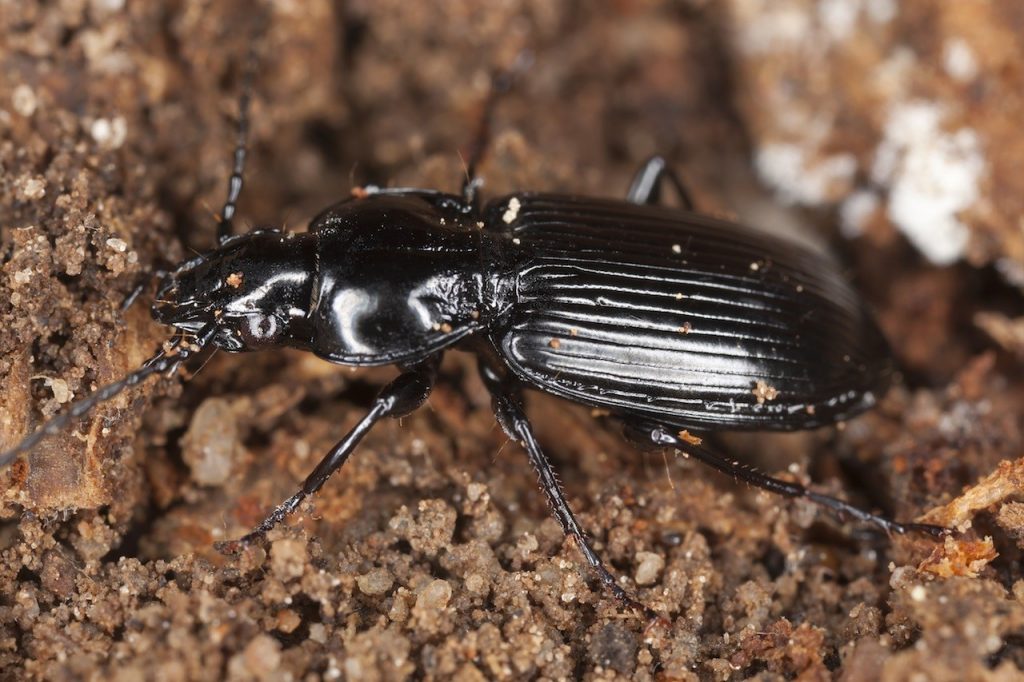
To prevent black lawn beetles from coming and foraging your garden or nest on your lawns, you must perform some prevention steps.
- Apply pest control granules and black beetle spray every 2 or 3 months.
- Fertilize your crops, lawns, and turfed areas regularly and make sure that they are well-watered. Therefore, they are healthy and resilient to pest attack.
- Dethatch turf areas and lawns to prevent black beetles to lay eggs on those areas.
The Black Beetle will likely cause damage on your garden and lawns if you do nothing about it. Therefore, you need to prevent this pest from invading your lawns and garden. Aside from performing the steps above, it is also essential for you to keep these areas clean and avoid using bright outdoor lights.
You REALLY need to get proper images of Heteronychus arator; as the images you have are (in order of appearance) Lucanus cervus: European Stag Beetle which only feed on rotten wood in larval stage and sap and rotting fruit in imago, the lifecycle of Oryctes species which is a completely different genus of Dynastinae and feeds like the above mentioned Stag, a colony of Odontotaenius disjunctus: the horned Passalus Beetle which are rotten wood feeders as well, some Chrysomelidae most likely of genus Alticini: Flea Beetles which IS a pest but not what you are talking about here, and the last one is some species of Carabid Beetle which are beneficial predatory Ground Beetles which consume various pests.
Taking random photos and saying they are all pests leads to missidentification and needless slaughter of innocent species which are beneficial and is quite reckless.